Key Concepts
- Somatic Nervous System: The part of the peripheral nervous system that controls voluntary muscle movements and processes sensory information.
- Voluntary Muscle Movements: Actions that are under conscious control, such as walking, talking, and writing.
- Sensory Information: Input received from the environment through the senses, including touch, sight, and hearing.
- Neurons: Nerve cells that transmit signals within the nervous system.
- Motor Neurons: Neurons that carry signals from the brain and spinal cord to muscles, allowing for voluntary movement.
- Sensory Neurons: Neurons that transmit sensory information from the body to the brain and spinal cord.
Functions of the Somatic Nervous System
The somatic nervous system performs two primary functions:
- Voluntary Muscle Control: It enables you to consciously control the movement of your skeletal muscles. For example, when you decide to raise your hand or kick a ball, the somatic nervous system is at work.
- Sensory Processing: It processes sensory information from the external environment and transmits it to the central nervous system (brain and spinal cord). This allows you to perceive touch, sight, sound, and other sensations.
Neural Pathway
When you decide to move a muscle or when you sense something, the somatic nervous system follows a specific neural pathway:
- Motor Neurons: The brain sends signals through motor neurons to the skeletal muscles, instructing them to move.
- Sensory Neurons: Sensory neurons pick up information from the sensory organs (e.g., skin, eyes, ears) and transmit it to the brain for processing.
Study Tips
- Draw a diagram illustrating the neural pathway of the somatic nervous system, including the brain, spinal cord, motor neurons, and sensory neurons.
- Create flashcards to review the functions of the somatic nervous system and key related terminologies.
- Practice identifying voluntary muscle movements and sensory information processing in everyday activities.
- Discuss real-life examples of how the somatic nervous system enables you to interact with your environment.
◂Science Worksheets and Study Guides Third Grade. Main Parts of Plants
Study Guide Main Parts of Plants
Main Parts of Plants  Activity Lesson
Activity Lesson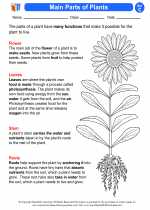 Main Parts of Plants
Main Parts of Plants  Worksheet/Answer key
Worksheet/Answer key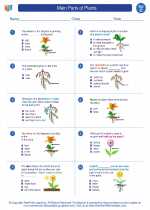 Main Parts of Plants
Main Parts of Plants  Worksheet/Answer key
Worksheet/Answer key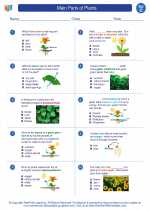 Main Parts of Plants
Main Parts of Plants  Worksheet/Answer key
Worksheet/Answer key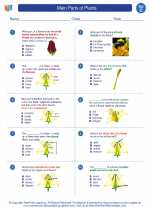 Main Parts of Plants
Main Parts of Plants  Worksheet/Answer key
Worksheet/Answer key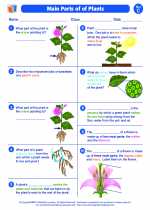 Main Parts of Plants
Main Parts of Plants  Worksheet/Answer key
Worksheet/Answer key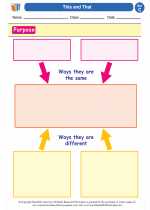 This and That
This and That  Vocabulary/Answer key
Vocabulary/Answer key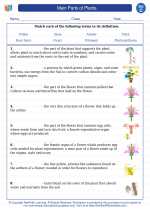 Main Parts of Plants
Main Parts of Plants  Vocabulary/Answer key
Vocabulary/Answer key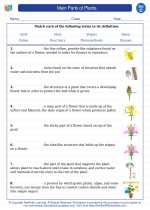 Main Parts of Plants
Main Parts of Plants 

 Activity Lesson
Activity Lesson
 Worksheet/Answer key
Worksheet/Answer key
 Worksheet/Answer key
Worksheet/Answer key
 Worksheet/Answer key
Worksheet/Answer key
 Worksheet/Answer key
Worksheet/Answer key
 Worksheet/Answer key
Worksheet/Answer key
 Vocabulary/Answer key
Vocabulary/Answer key
 Vocabulary/Answer key
Vocabulary/Answer key

The resources above cover the following skills:
Concepts of Life Science (SC1, SC2, SC3)
The student demonstrates an understanding of the structure, function, behavior, development, life cycles, and diversity of living organisms by observing and comparing external features of plants and of animals that may help them grow, survive, and reproduce.